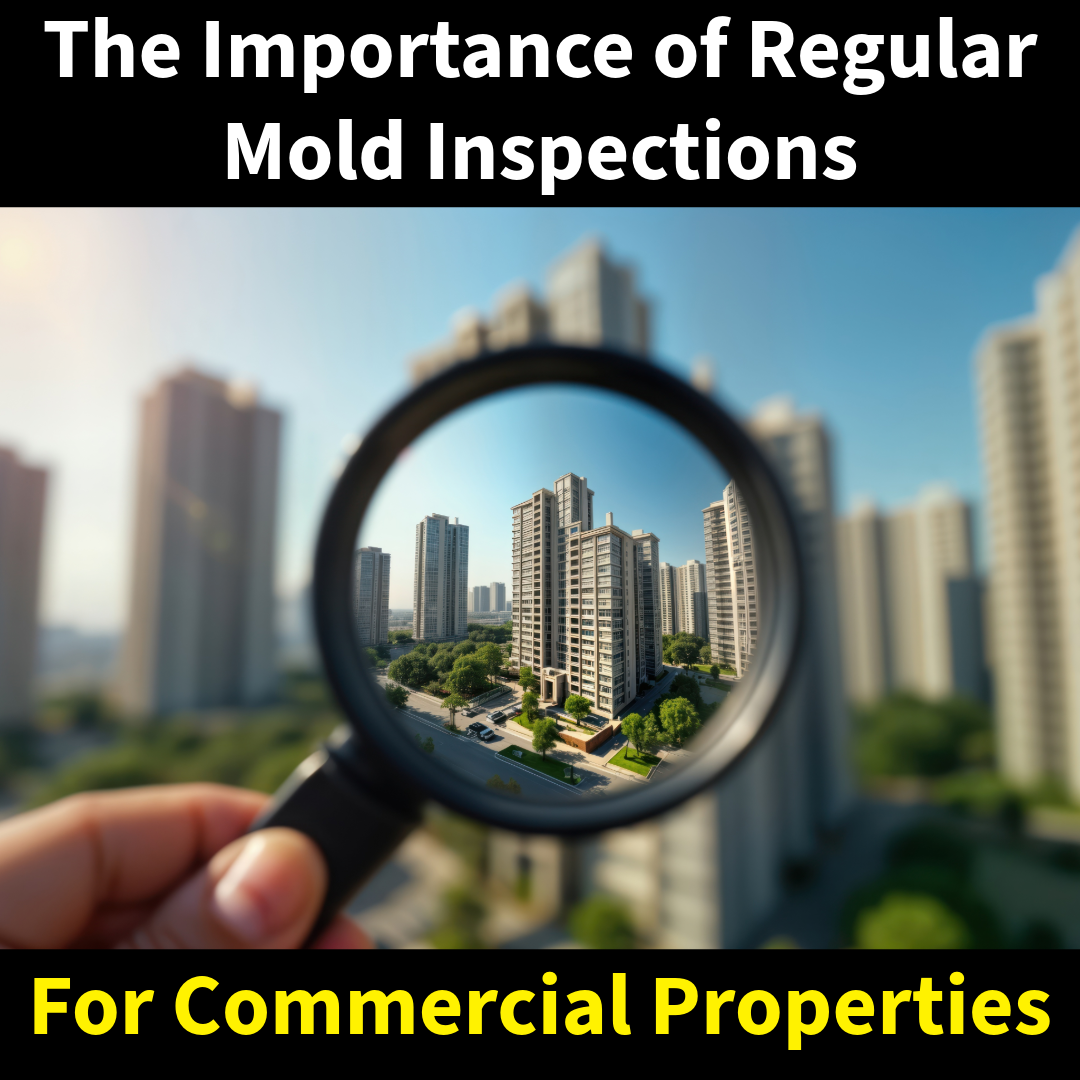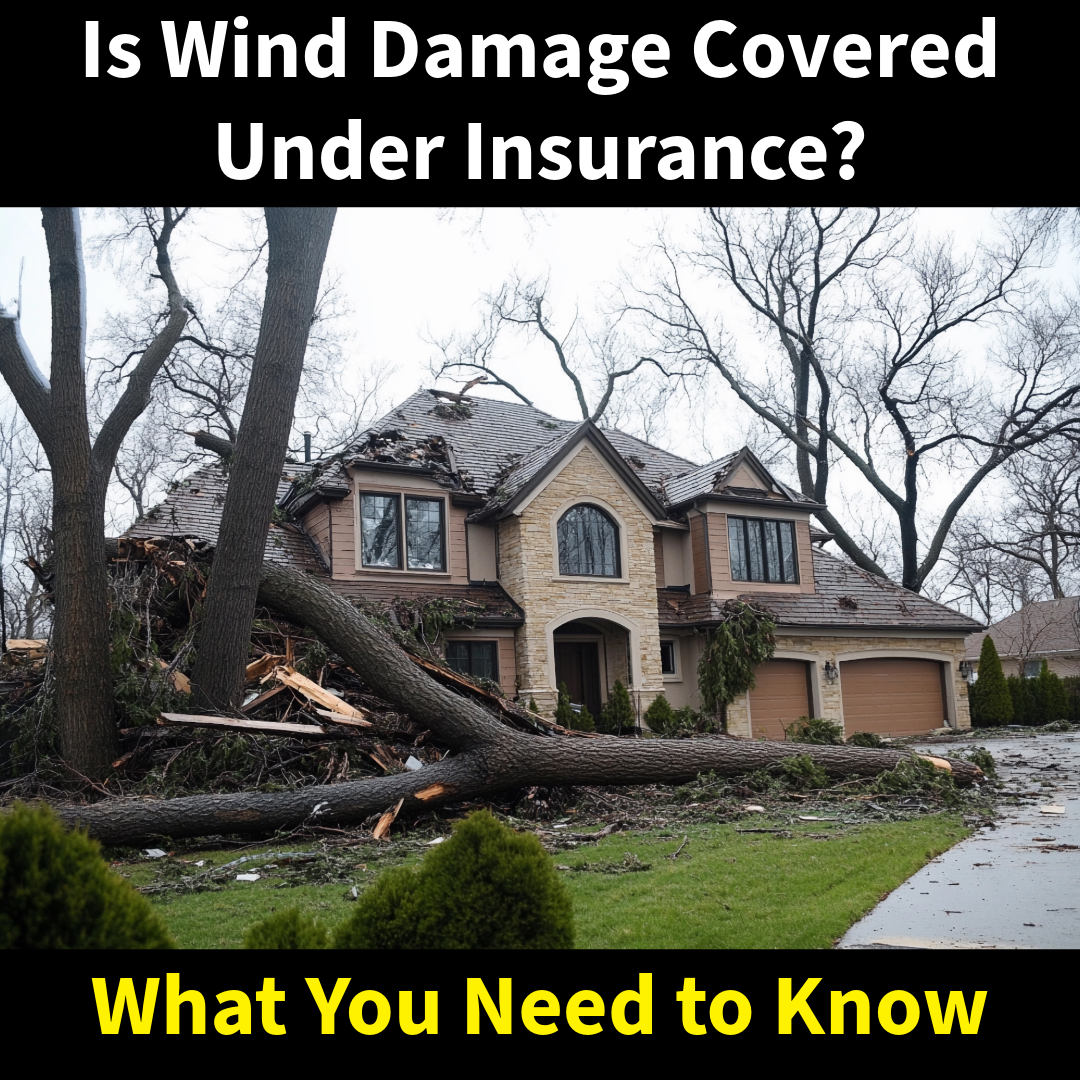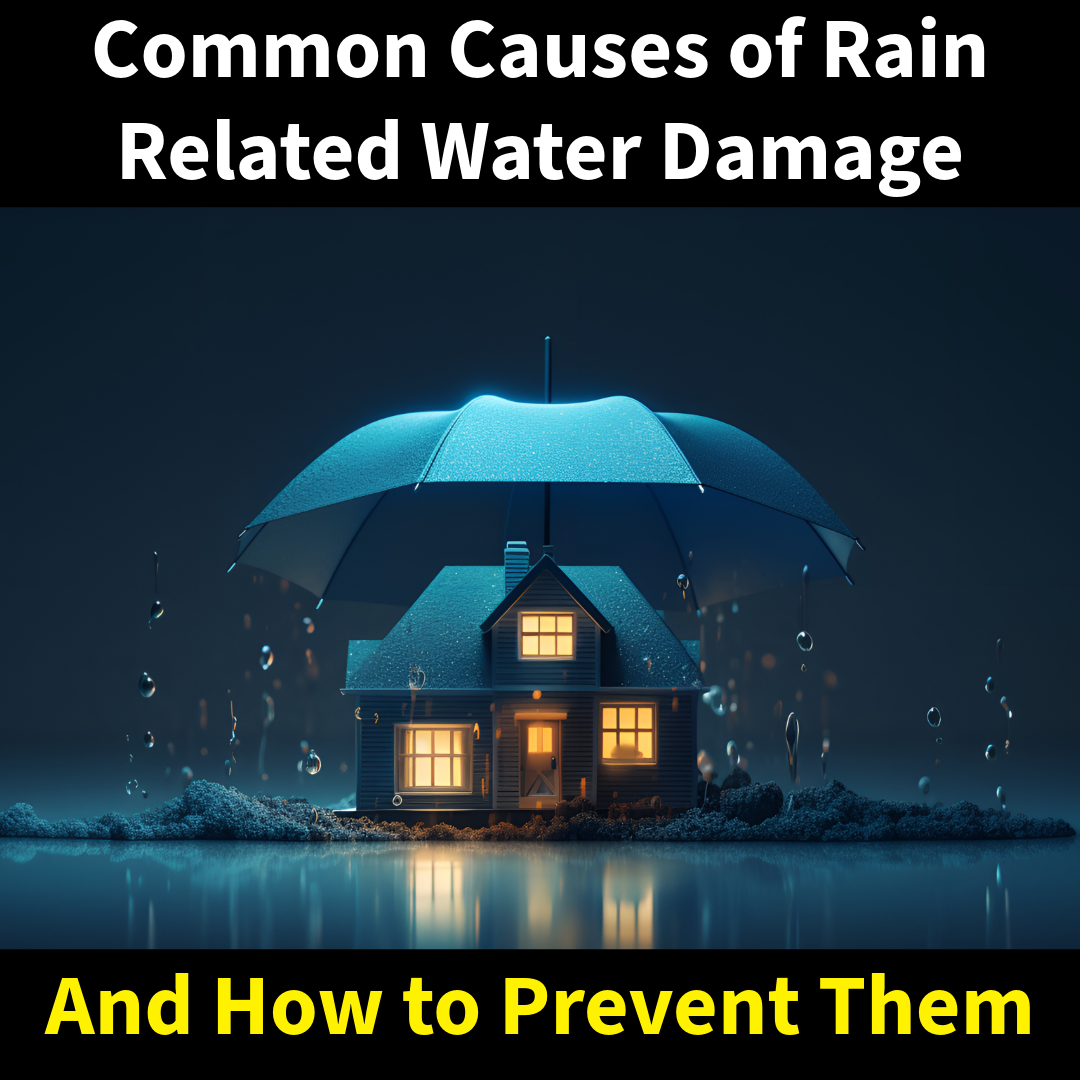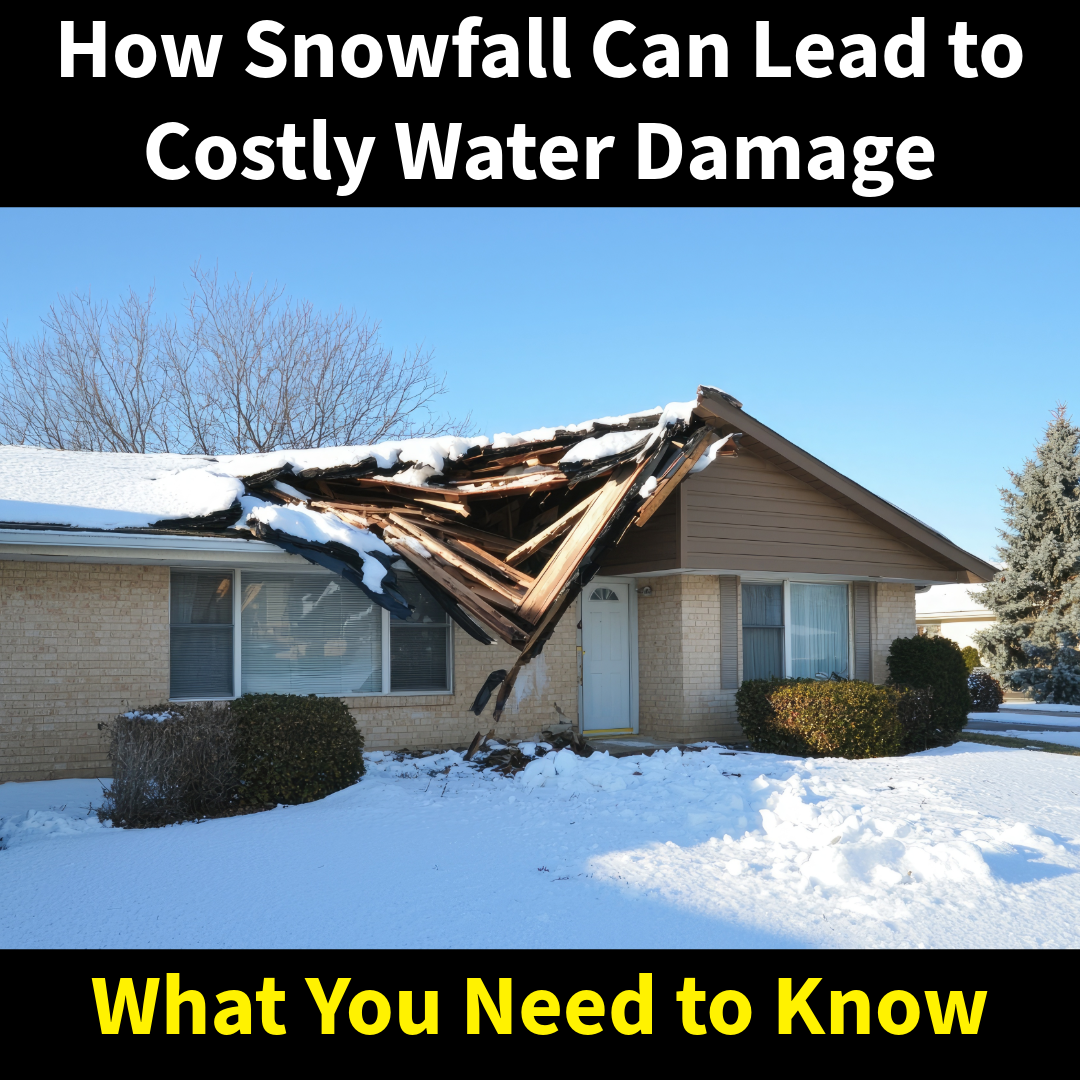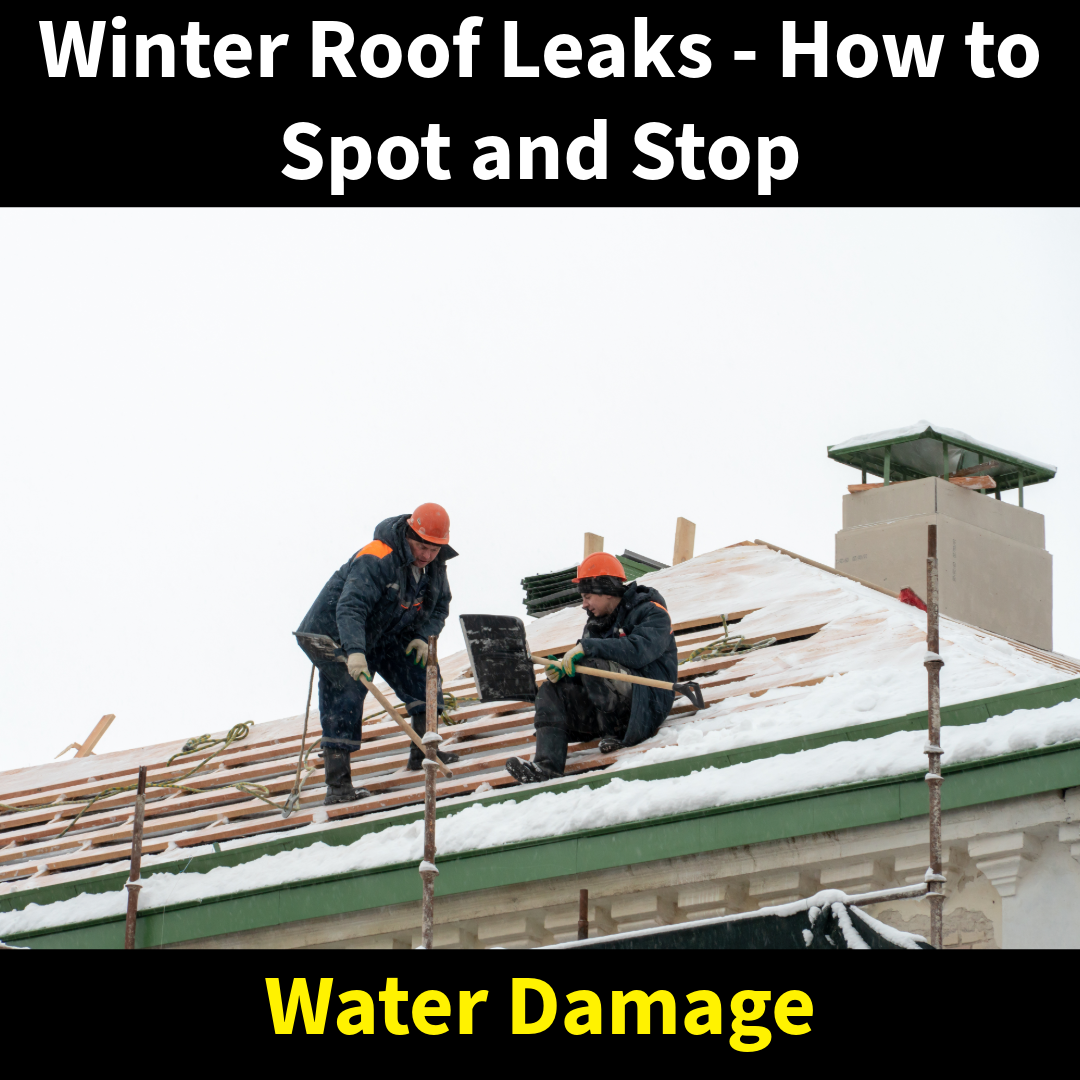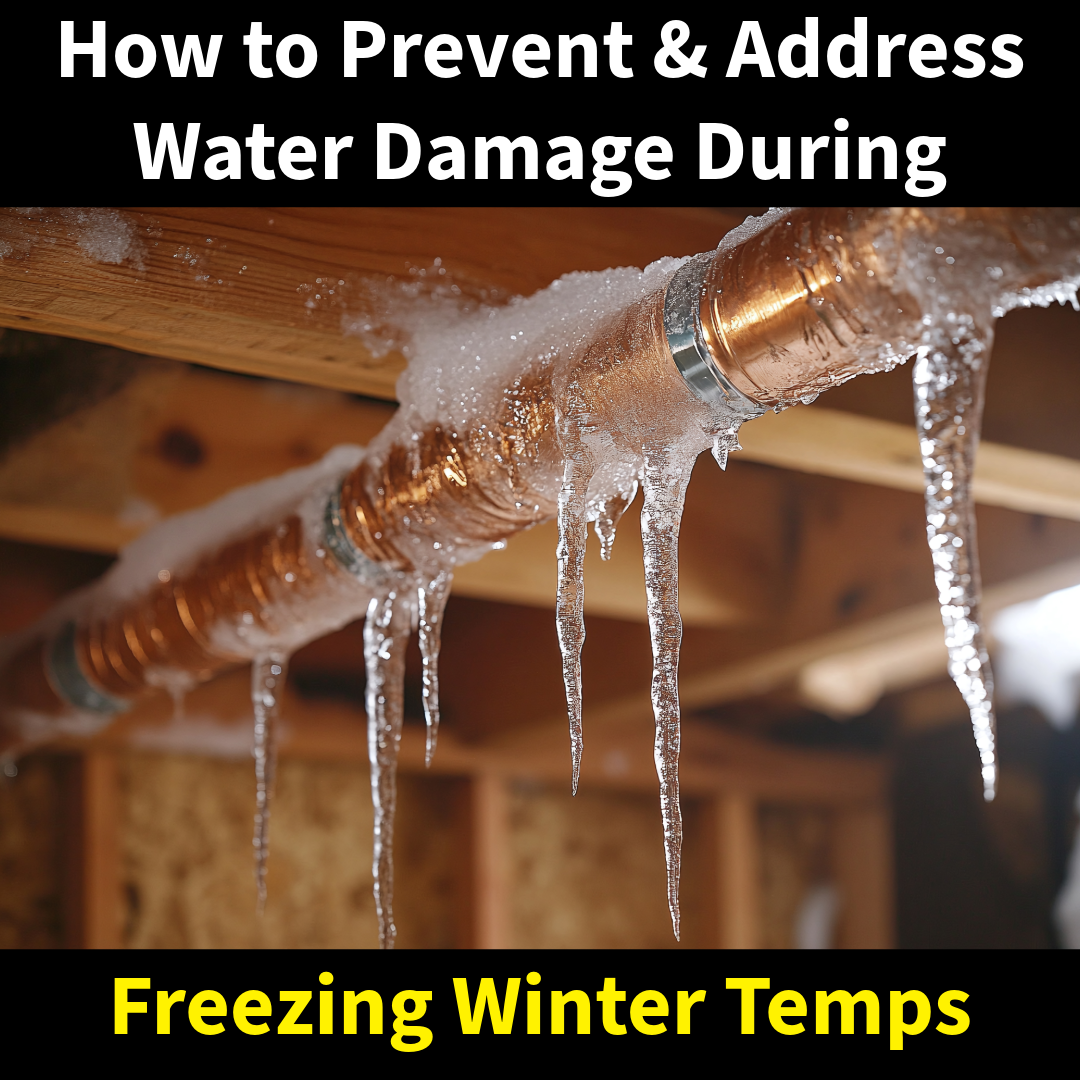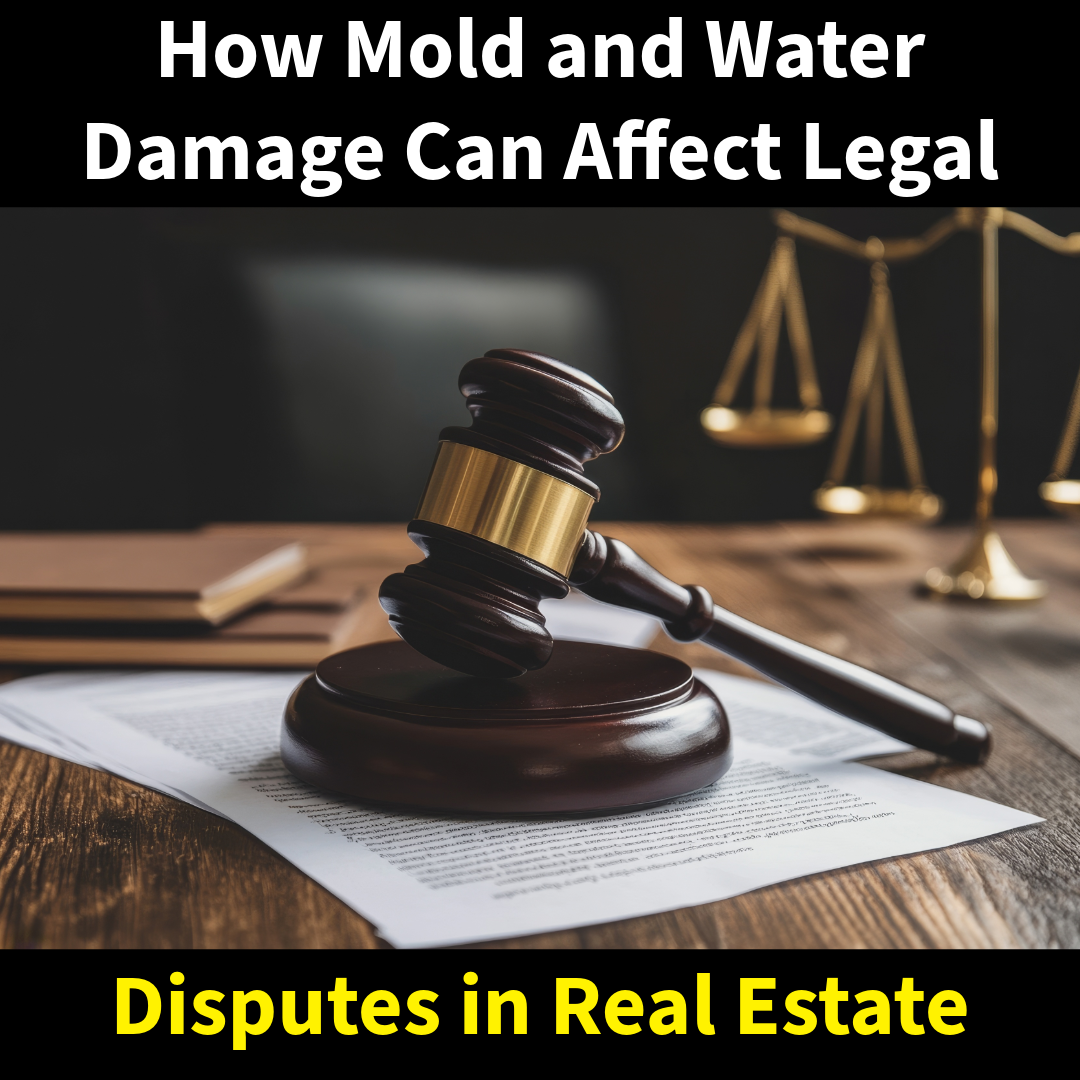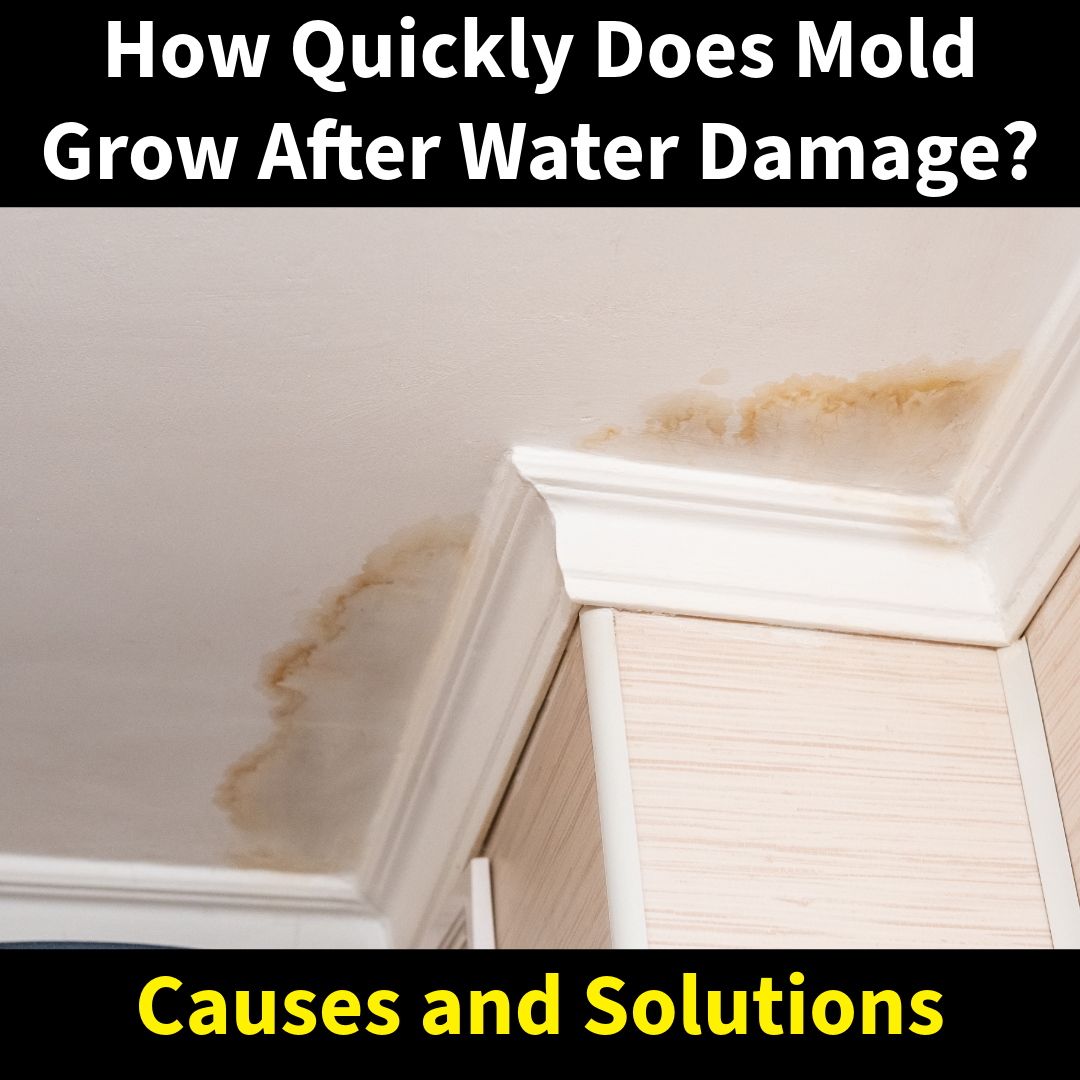Dealing with water damage is stressful enough without the added complexity of navigating insurance claims. While many homeowners rely on their insurance companies to guide them through the process, it’s important to know that you have the right to choose your own restoration company. This decision can significantly impact the efficiency and quality of the repairs.
Homeowner Rights
When you file a claim for water damage, your insurance company may suggest or recommend a specific restoration vendor. However, as a homeowner, you are not obligated to use their preferred provider. You have the complete freedom to select a vendor based on your own research, preferences, and past experiences.
Pros and Cons of Choosing Your Own Vendor:
- Personal Comfort: Opting for a company you trust or that comes highly recommended by friends and family can make a significant difference in your peace of mind during the restoration process.
- Quality of Service: You can choose a company that you know has a good track record and provides high-quality service.
Cons of Not Using an Approved Vendor:
- Pricing Discrepancies: Non-approved vendors may charge rates that are higher than what the insurance covers, potentially leaving you to pay the difference.
- Claim Delays: Using a vendor unfamiliar with your insurance company’s process can lead to delays in claim approval and project completion.
Benefits of Using an Approved Vendor
Choosing an approved vendor who is versed in the insurance claims process offers distinct advantages:
- Familiarity with Claims Process: Approved vendors understand the documentation and procedures that insurance companies require, which can streamline the claims process and hasten your home’s restoration.
- Approved Vendor Price List: These vendors use a pricing list that is generally accepted by insurance companies, ensuring that there are no unexpected out-of-pocket costs for you.
Conclusion
Selecting the right restoration company is a crucial decision that affects not just the quality of repairs but also the ease of your insurance claim process. While you have the freedom to choose any vendor, an approved vendor like MSI offers the dual benefits of expertise in insurance procedures and a commitment to customer-first service. At MSI, we ensure that our interests are aligned with yours, not the insurance company’s. Trust us to prioritize your needs and help you navigate through this challenging time with ease and transparency.

